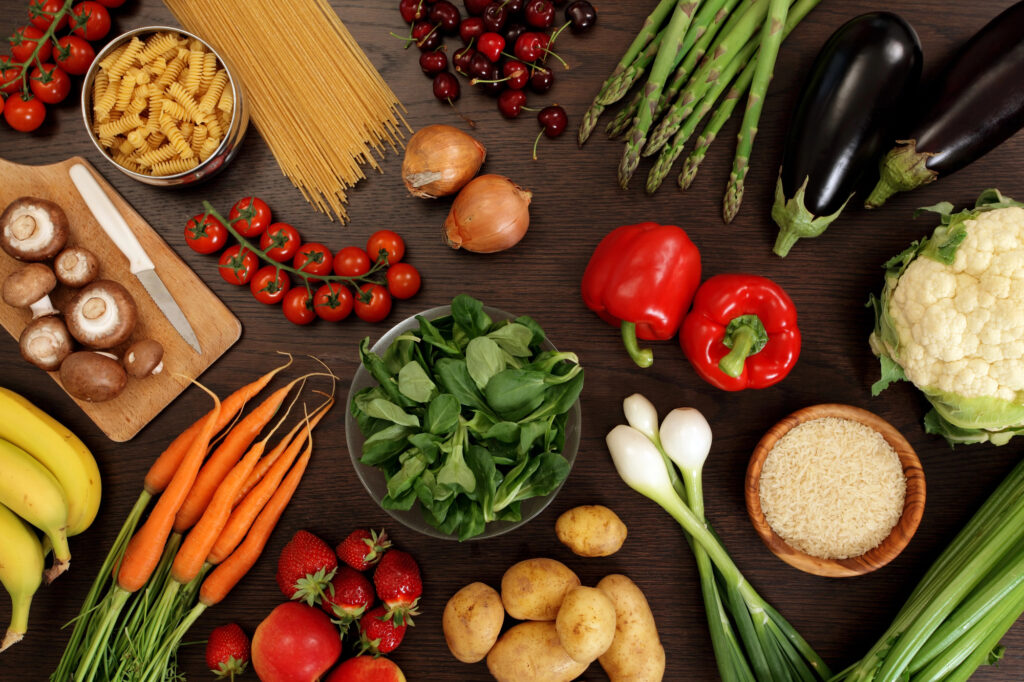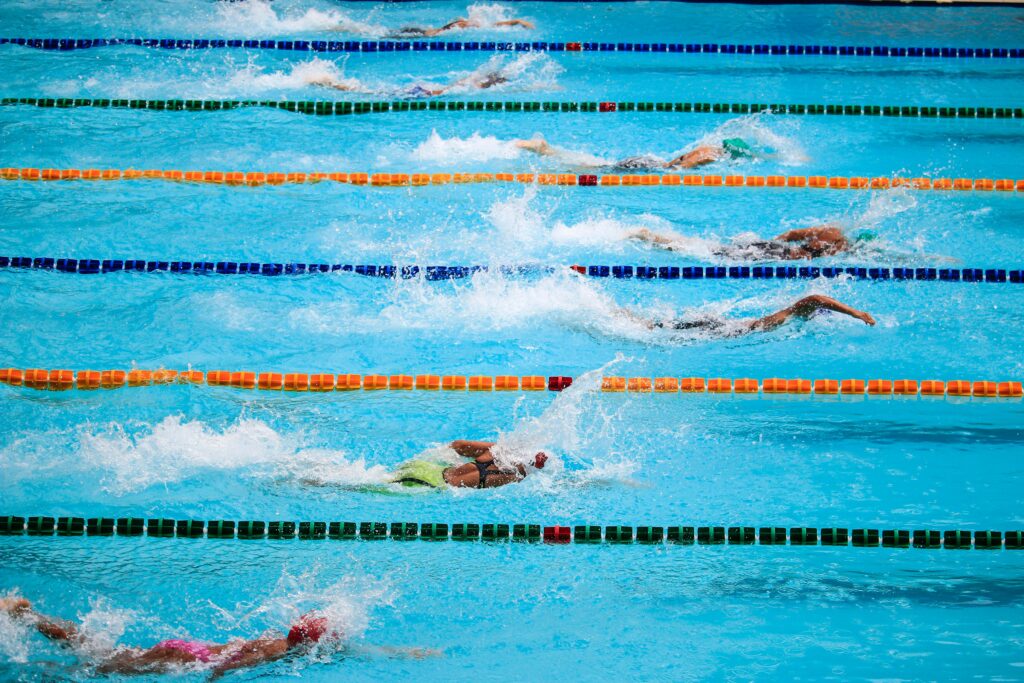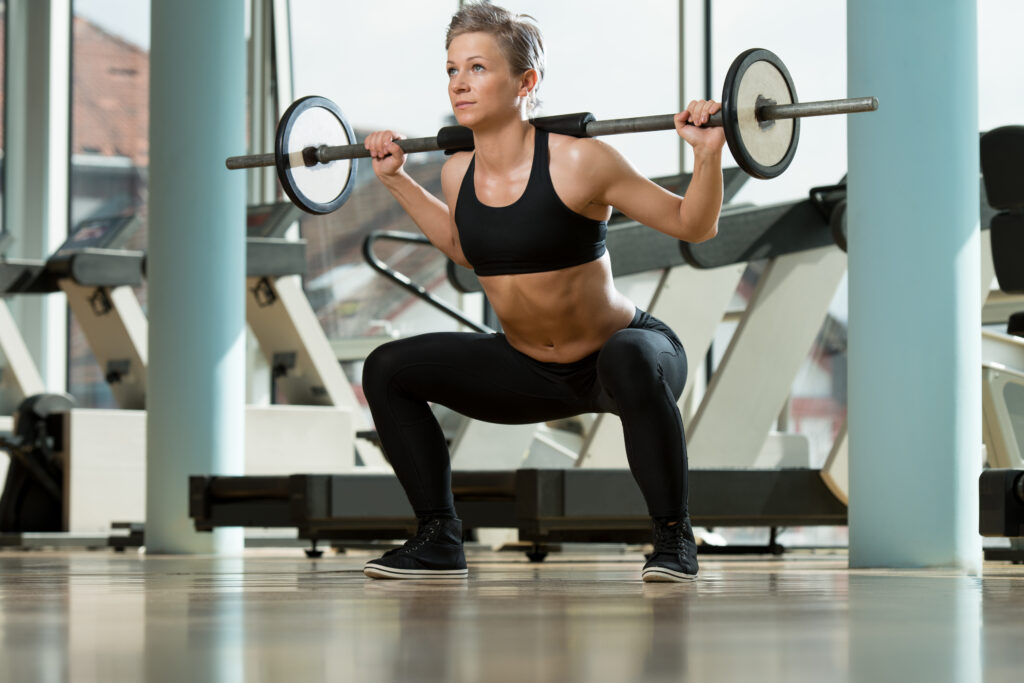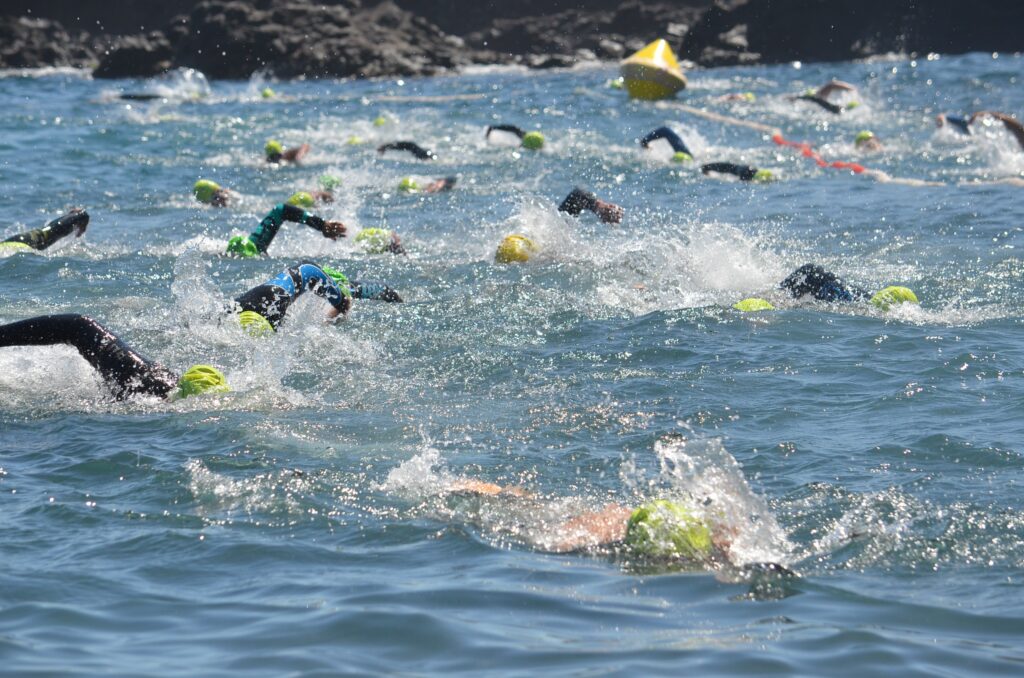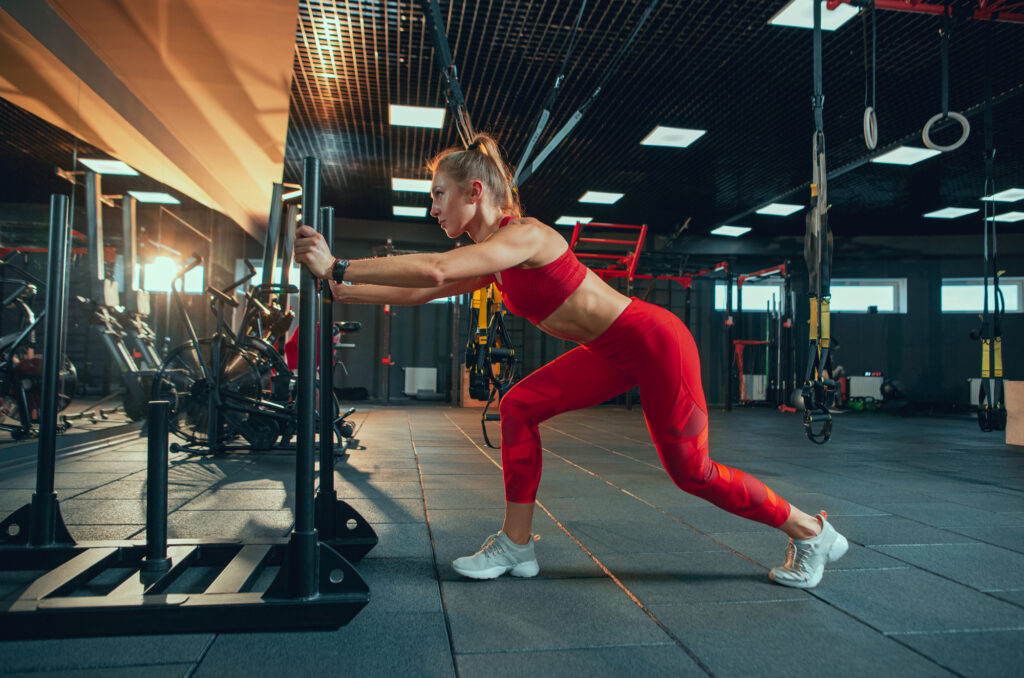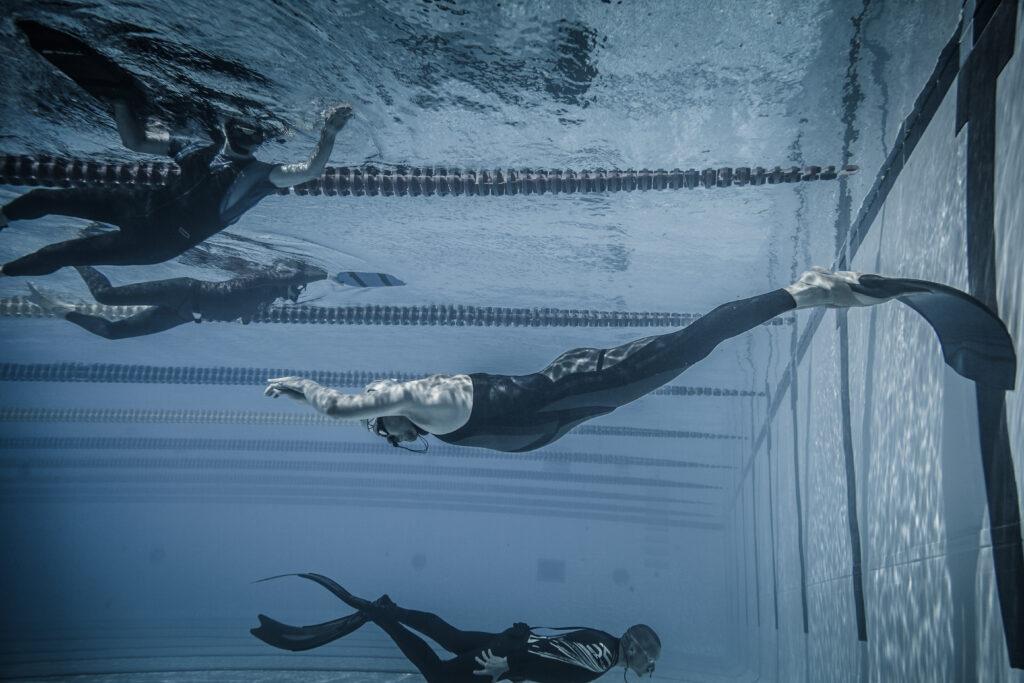The dietary habits and caloric intake of an Olympic swimmer are often subjects of fascination due to the sheer volume of food consumed to fuel their rigorous training and performance. Olympic swimmers undergo intense workouts, which significantly elevate their energy needs. The everyday person typically requires a diet of 2,000 to 2,500 calories, but for an elite swimmer, this number can soar much higher to meet the demands of their training schedule and to maintain their muscle mass and energy levels.

Swimmers at the Olympic level are known to consume upwards of 6,000 to 10,000 calories per day, an amount that supports their intensive training sessions, sometimes spanning several hours a day. The actual caloric requirement can vary based on factors such as the swimmer’s size, the intensity of the workout, and the stroke they specialize in. Each meal and snack they consume is strategically planned to provide a balanced mix of carbohydrates, proteins, and fats, ensuring that their bodies have the necessary nutrients for recovery and energy replenishment.
It’s not only the quantity but also the quality of the diet that affects an Olympic swimmer’s performance. Carefully tailored meal plans are crucial, focusing on nutrient-dense foods to improve endurance and speed. The nutritional strategies behind these athletes’ diets are designed by nutritionists to optimize training outcomes and to help swimmers reach peak performance levels when it counts the most.
Understanding the Olympic Swimmer Diet

The diet of an Olympic swimmer is meticulously tailored to meet the high energy demands of the sport. Precision nutrition ensures they perform at their best.
Role of Diet in Performance
An Olympic swimmer’s diet is fundamental to their performance. It provides the fuel needed for training and competition. The right balance of calories is crucial to power through multiple sessions a day. A swimmer’s energy consumption can be as high as several thousand calories per day, making the caloric intake aligned with their exhaustive energy expenditure. An inadequate diet can lead to lackluster performances, slower recovery times, and increased risk of injury.
Components of a Swimmer’s Diet
The typical diet of a swimmer includes a strategic mix of:
- Protein: Necessary for muscle repair and growth.
- Carbohydrates: The primary source of energy during intense workouts.
- Healthy Fats: Provide long-term energy and support cell function.
- Vitamins and Minerals: Essential for various physiological functions.
- Hydration: Maintaining fluid balance is vital, with water as the preferable choice.
They often work with a dietitian to ensure their meals contain the right balance of these components. Proper nutrition helps to optimize their training and aids in quicker recovery after workouts. As they prepare for competitions, the content and timing of food intake are finely tuned to enhance performance and endurance.
Daily Caloric Intake and Energy Expenditure

Olympic swimmers’ performance hinges on optimal nutrition and the precise management of calorie intake against their energy expenditure. They have specific dietary requirements that sustain their intense training regimens and support their metabolism and endurance.
Calculating Energy Needs
The caloric needs of an Olympic swimmer are meticulously calculated to match their energy expenditure. This calculation takes into account the individual’s basal metabolic rate (BMR), which is the amount of energy expended while at rest, and their physical activity level (PAL). Swimmers’ total daily energy expenditure (TDEE) is the sum of their BMR, the thermic effect of food (energy required to digest and absorb food), and calories burned during training.
- BMR is influenced by several factors such as age, gender, body composition, and genetics.
- PAL varies based on the intensity and duration of training sessions.
Nutritionists may use equations or calculators, like the Harris Benedict Equation tailored for athletes, to estimate a swimmer’s daily caloric needs.
Calories Burned During Training
Training for Olympic swimmers involves rigorous and prolonged physical activity, which significantly elevates the number of calories burned. An average training session can burn between 500 to 1000 calories per hour, depending on the stroke and intensity. For context:
- Freestyle and butterfly strokes generally demand more energy, thus burning more calories.
- Endurance training sessions will have a different impact on energy expenditure than sprint training sessions.
Coaches and nutritionists continuously monitor swimmers’ energy outputs using technology and standardized measures, like the metabolic equivalent (MET), to ensure that their calorie intake is aligned with their expenditure to prevent fatigue and maintain performance.
Specific Meals and Food Choices
Elite swimmers require a high-calorie diet to support their intense training regimens, typically involving specific meals high in carbohydrates, proteins, and healthy fats. Here’s a closer look at what might feature on an Olympic swimmer’s plate throughout the day.
Breakfast
Breakfast tends to be a high-energy meal to kick start the metabolism and fuel morning workouts. One might find a swimmer consuming oatmeal with sliced banana for complex carbohydrates and potassium. Eggs are also a common fixture, being an excellent source of protein—either scrambled with whole grain toast or as part of a vegetable omelette. Some may opt for a carbohydrate-rich pancake stack, occasionally topped with fruit or peanut butter for an added protein boost.
Lunch
For the midday meal, balance is key; therefore, lunch often includes a mix of carbs and proteins. A substantial salad with leafy greens and vegetables provides necessary vitamins, often tossed with chicken or tuna for protein. Complex carbohydrates such as whole grain pasta or brown rice are common, sometimes as part of a stir-fry that includes a variety of vegetables.
Dinner
Dinner is a crucial time for recovery and refueling. Olympic swimmers’ dinners could consist of lean proteins like grilled chicken or fish paired with a serving of whole grains or pasta. Fiber-rich vegetables play a role in satiety and nutritional balance. Occasionally, a swimmer may indulge in a higher-calorie option like pizza, but this would typically be a homemade version with plenty of veggie toppings and lean meats.
Snacks and Recovery Foods
Swimmers snack throughout the day to maintain energy levels. Fresh fruit, granola bars, and yogurt are portable and quick options that provide a hit of energy and protein. After intense training sessions, they often consume recovery foods such as protein shakes or smoothies that help in muscle repair and recovery. Nuts and seeds offer healthy fats, making them a staple for snacking.
For additional insights into an athlete’s requirements, including detailed meal plans and nutritional strategies, consider reading more about swimmer’s nutrition and how it affects their performance.
Nutritional Needs During Training and Competition
Olympic swimmers require a meticulously planned diet enriched with the right balance of nutrients to fuel their rigorous training and competitions. Their nutritional strategy is a critical component for achieving the optimal performance levels needed to compete at the highest level.
Hydration Strategies
Adequate hydration is crucial for swimmers, as they need to maintain electrolyte balance and body temperature during long training sessions and competitions. They typically consume beverages with added electrolytes to replenish what is lost through sweat. An Olympian like Michael Phelps would ensure his hydration plan involves regular intervals of fluid intake to prevent dehydration, which can impair athletic performance.
Adjusting Diet for Competition
Before a competition, swimmers often increase their intake of carbohydrates to fill their muscles’ glycogen stores, which is their primary fuel source during high-intensity efforts like those seen at the Rio Olympics. Leading up to and on the day of an event, meals will be precisely timed and balanced with carbs, proteins, and fats to optimize energy levels. For instance, protein plays a vital role in repair and recovery, especially after a swimmer like Phelps competes for a gold medal. A typical plate might contain about half complex carbohydrates with the remainder split between high-quality protein and healthy fats, according to recommendations from sports nutritionists.
Examples from Elite Olympic Swimmers

Elite Olympic swimmers like Michael Phelps, Katie Ledecky, and Ryan Lochte have diets meticulously crafted to support their high-performance needs. These athletes require a substantial number of calories to fuel their exhaustive training and recovery.
Michael Phelps’ Diet
Michael Phelps’ legendary diet is often highlighted for its sheer calorie content. During his peak training periods, he reportedly consumed around 12,000 calories per day. His regimen included:
- Breakfast: Three fried-egg sandwiches, a five-egg omelet, a bowl of grits, three slices of French toast, and three pancakes with chocolate chips.
- Lunch: A pound of pasta, two large ham and cheese sandwiches, and energy drinks.
- Dinner: A pound of pasta, a full pizza, and more energy drinks.
This type of intake was tailored to his intense workouts that burned thousands of calories daily.
Katie Ledecky’s Diet
Katie Ledecky’s dietary needs, while not as widely reported as Phelps’, are nonetheless substantial to support her training. She focuses on:
- Proper hydration: Drinking plenty of water throughout the day.
- Balanced meals: Including lean proteins, whole grains, fruits, and vegetables.
Ledecky’s disciplined approach ensures she gets the nutrients necessary to maintain her status as one of the world’s elite swimmers.
Ryan Lochte’s Diet
Ryan Lochte made a significant change to his diet leading up to the Rio Olympics. He emphasized:
- Quality over quantity: Opting for healthier foods like grilled chicken and asparagus instead of fast food.
- Carbohydrate-rich foods: Essential for energy, including sweet potatoes and whole-grain pasta.
Lochte’s shift to smarter nutritional choices greatly contributed to his performance and overall athletic health.
Differences in Dietary Needs

Olympic swimmers are known for their high caloric intake due to intensive training regimens. This section examines how dietary requirements can vary based on gender and age, taking into account factors like metabolism, energy needs, and specific nutritional requirements.
Men vs. Women
Men generally require more calories per day than women due to having a larger body mass and a higher basal metabolic rate. For instance, male swimmers can burn about 3,000 to 10,000 calories each day depending on the intensity of their workouts.
In contrast, female swimmers often consume fewer calories while still ensuring they ingest enough food to support their energy needs. The distribution of nutrients, emphasizing proteins and carbohydrates, must align with their training demands to optimize performance and recovery.
Age and Metabolic Variability
Age significantly impacts an athlete’s metabolism, with younger swimmers tending to have a higher metabolic rate than older athletes. This variable metabolism influences the number of calories needed—those with higher rates may require more energy to maintain their performance levels.
Furthermore, metabolism can vary with the intensity of aerobic training. A swimmer engaged in intense, prolonged aerobic sessions might experience increased hunger pangs and thus, a greater appetite. They would need a diet tailored to sustain energy levels while providing essential nutrients to support muscle recovery and growth.
Special Considerations and Adaptations

When considering Olympic swimmers, their diets must adapt to varying training cycles and recovery periods. The food intake and nutritional strategies are meticulously planned to match their energy expenditure and to promote efficient adaptation and recovery.
Adapting to Intense Training Cycles
During intense training cycles, swimmer’s energy needs spike significantly. They can burn between 3,000 to 10,000 calories per day depending on the volume and intensity of their workouts, which may include multiple pool sessions and dryland training in the gym. Olympic-level swimmers, such as those specializing in the backstroke or any other stroke, require a high caloric intake to support their rigorous routines. Their diets are heavy in carbohydrates for energy, alongside adequate protein for muscle repair and recovery.
Coping with Injury and Recovery
Injury can disrupt training and necessitate diet adaptations to aid healing and maintain fitness levels. Caloric intake might decrease slightly to match reduced energy expenditure, but nutrient density remains critical for recovery. Swimmers’ diets must provide all essential vitamins and minerals to support healing processes and immune function. Omega-3 fatty acids, found in fish, are known for their anti-inflammatory properties, thus frequently featured in a swimmer’s diet during recovery periods. Athletes may also adjust their intake of antioxidants, commonly sourced from fruits and vegetables, to combat oxidative stress that accompanies intense training and recovery from injuries.
Supplements and Sports Nutrition Products
In pursuing peak performance, Olympic swimmers often incorporate specialized supplements and sports nutrition products into their diets to support intense training regimens.
Protein and Energy Supplements
Protein supplements are integral in helping swimmers repair and build muscle after strenuous workouts. Swimmers might consume whey protein or casein shakes that offer a quick and convenient source of high-quality protein. Additionally, energy drinks and energy bars are frequently used to provide a rapid source of carbohydrates, aiding in the replenishment of glycogen stores and delivering immediate energy before and during training sessions. These products can be particularly effective when practicing in the water for extended periods, fitting the need for quick refueling without being too filling.
Vitamin and Mineral Supplements
While a well-balanced diet is the foundation for nutritional needs, vitamin and mineral supplements can play a supporting role in ensuring that swimmers meet their daily dietary requirements. Commonly used supplements in a swimmer’s nutrition regime include multivitamins to cover a broad range of essential micronutrients, vitamin D for bone health, and iron supplements for those at risk of deficiency. Mineral supplements such as magnesium are also popular as they contribute to muscle function and recovery. Swimmers must consult sport nutrition experts to tailor vitamin and mineral supplementation to their individual needs, optimizing their nutrition strategy for better performance and recovery.
Frequently Asked Questions

In this section, you will find precise information on the dietary habits and caloric intake of Olympic-level swimmers, detailing their nutritional strategies, differences in consumption based on gender, specific foods they consume, and how their needs fluctuate with training.
What is the typical daily calorie intake for an Olympic-level swimmer?
The daily calorie intake for Olympic swimmers can be quite high, often reaching up to around 10,000 calories for some athletes. Their rigorous training schedules demand a substantial energy input.
What are the common nutritional strategies for Olympic swimmers?
Olympic swimmers generally opt for multiple light meals throughout the day, focusing on foods that are easy to digest. Personal preferences play a big role in their diets, with an emphasis on balancing macronutrients to fuel long training sessions.
How does the calorie consumption of male and female swimmers differ?
Male and female Olympic swimmers generally have different caloric needs. Men may consume on the higher end, while women often require slightly fewer calories. Exact requirements are influenced by the intensity of their training and physical factors such as muscle mass.
What kind of foods do Olympic swimmers consume to meet their caloric needs?
To meet their significant calorie demands, swimmers often focus on high-carbohydrate foods alongside sufficient protein and fats. They consume energy-dense meals and snacks, including pasta, lean meats, and fruits.
How do the caloric requirements of swimmers change with training intensity?
Caloric requirements for swimmers increase with the intensity and duration of their training sessions. During peak training periods, swimmers may require additional calories to sustain energy levels and aid in recovery.
What is an example of an Olympic swimmer’s meal plan for a day?
An Olympic swimmer’s meal plan typically includes sizable breakfasts, such as eggs and oatmeal, regular snacks like fruits and nuts, ample lunch and dinner portions with lean protein sources, and carbohydrates like rice or pasta. Specific meal plans can vary widely among swimmers.

